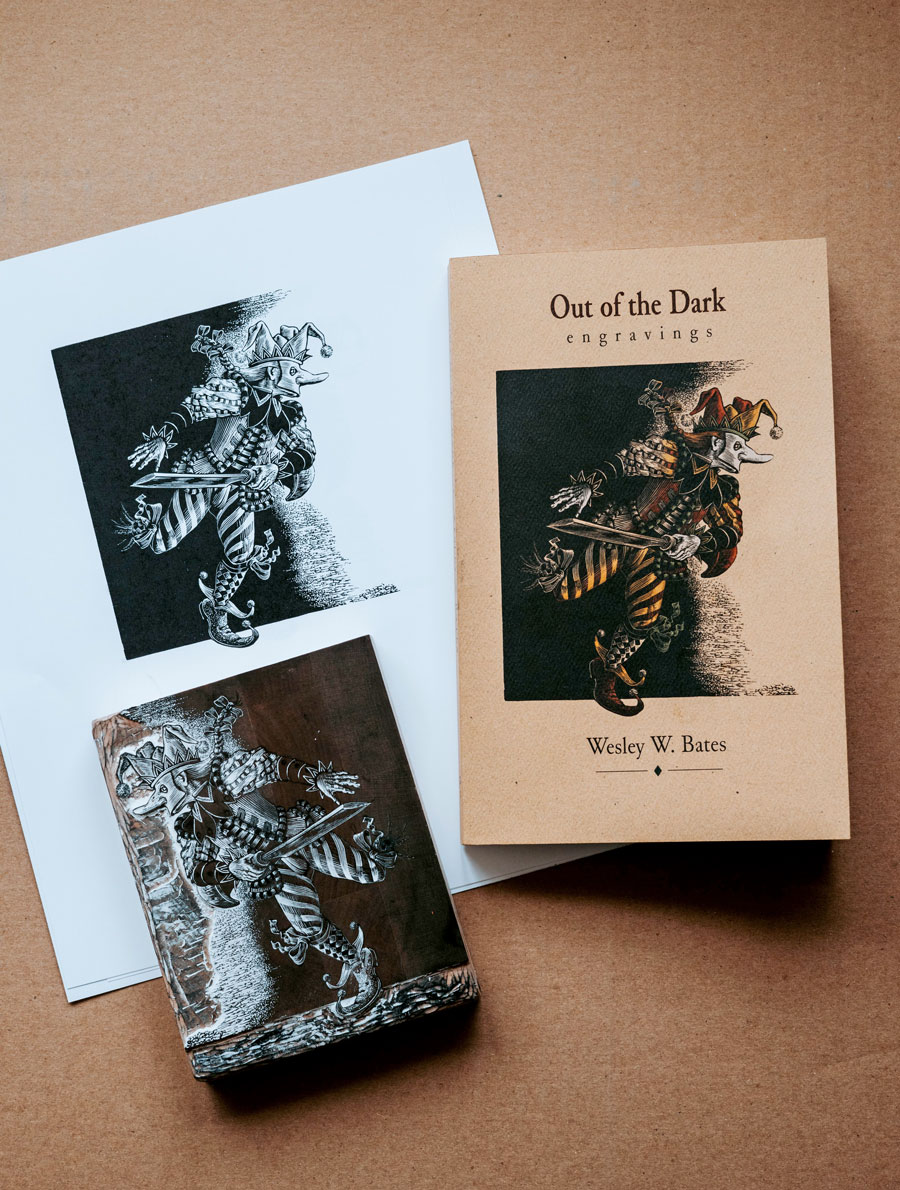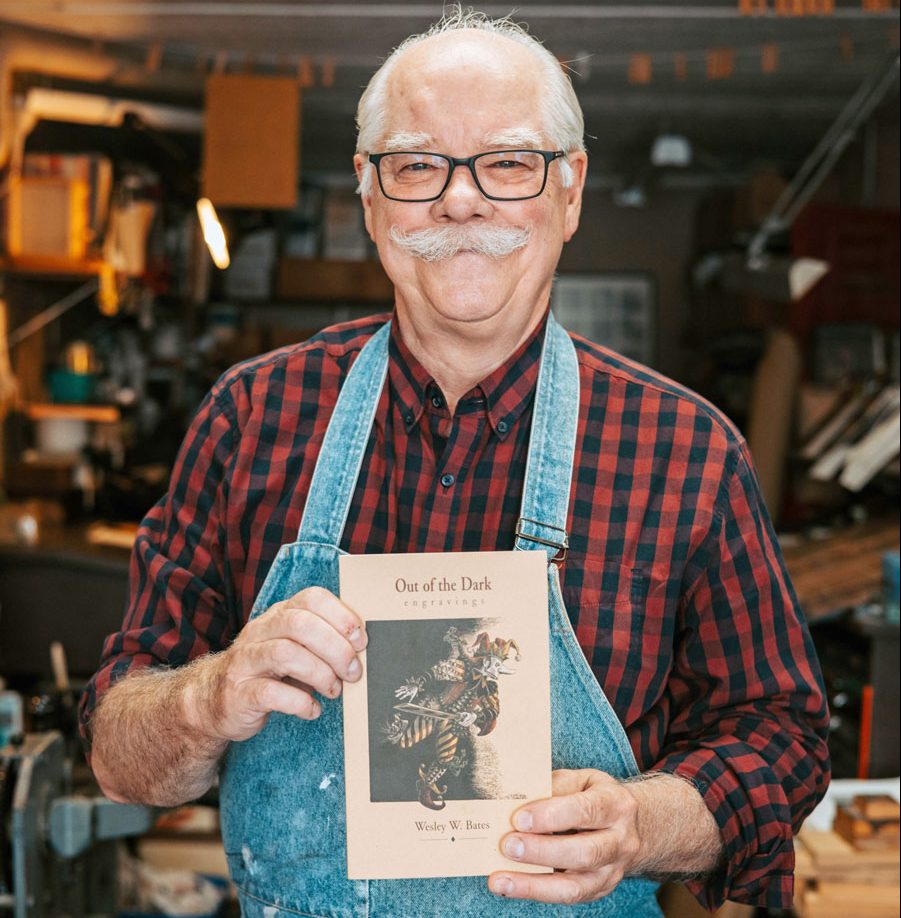CLIFFORD – Local artist and engraver Wesley Bates will host an “open studio” event on Nov. 5 and 6.
The event, from 10am to 4 pm at Bates’ studio, located at 15 Elora Street North in Clifford, is being held to help promote his book Out of the Dark, a collection of engravings and accompanying texts and anecdotes that tell the story behind the images.
The book was published by Porcupine’s Quill earlier this year.
The event will include demonstrations, refreshments and “an opportunity to learn about an art form that his all-but-forgotten today,” states Stephanie Small of the Porcupine’s Quill, an Erin-based publisher.
“Wes is truly an artisan, and he has a small private press called West Meadow Press in addition to selling prints and creating artwork for other publishers, including the illustration for John N. Mclean’s Home Waters, a companion to his father’s famous book A River Runs Through It,” adds Small.
The engravings in Out of the Dark were created by Bates for various projects, some from his own West Meadow Press and others for clients such as Canadian publishing house Harper-Collins, the Carnegie Gallery in Dundas and Parry Sound’s Festival of the Sound.
“This book is a selected overview of my work from 1995 to the present,” said Bates, in an email to the Advertiser.
He notes the new book is a sequel to The Point of the Graver, published by Porcupine’s Quill in 1994, which showed a selection of his engraving from his first attempt in 1980 to 1994.

The process of moving from engravings on wood to the printed page will be on display at an upcoming open house at Wesley Bates’ studio in Clifford.
“One aim of a book like this is to tell the stories behind the engravings. The insight I hope to spark in a reader is its relevance in today’s roster of art mediums,” Bates explained.
“Wood Engraving has a strong association with the Victorian period when wood engravings were the most common type of image in print. Wood Engraving is a contemporary medium and I hope Out of the Dark, in its way, shows that to people.”
Bates says Out of the Dark should appeal to people who like books and books related to the arts and also those who like narrative art.
“The people who have had contact with my wood engraving and are curious to know more may be the best audience,” he notes.
“Each engraving in the book is accompanied by an anecdote about the project and my publisher Tim Inkster has also added some interesting information as well,” Bates points out.
“Art aficionados are certainly one element of the audience. Because wood engraving is a lesser-known species of the relief printmaking genus, the aficionados are very welcomed by those of us in the field.”
Bates has been drawn toward wood as a print-making material since he was in high school, when he saw an exhibition of woodcuts by Maxwell Bates.
While the artist was no relation, Bates said, “I think back then seeing the name may have been an encouraging sign.”
At art school he experimented with the major print-making mediums and found wood always felt right.
“Some years after art school I encountered wood engraving and found it to be so accessible to my needs for working. It is technically a white on black process, not a black on white process like etching or lithography. The way of seeing and creating an image with light just suits me,” he said.
“I am in love with the book as an art form and I feel that wood engraving is the medium best suited to book illustration,” he continued.
“I get to work with type and wood engraving, two of my favourite elements, in my art.”




